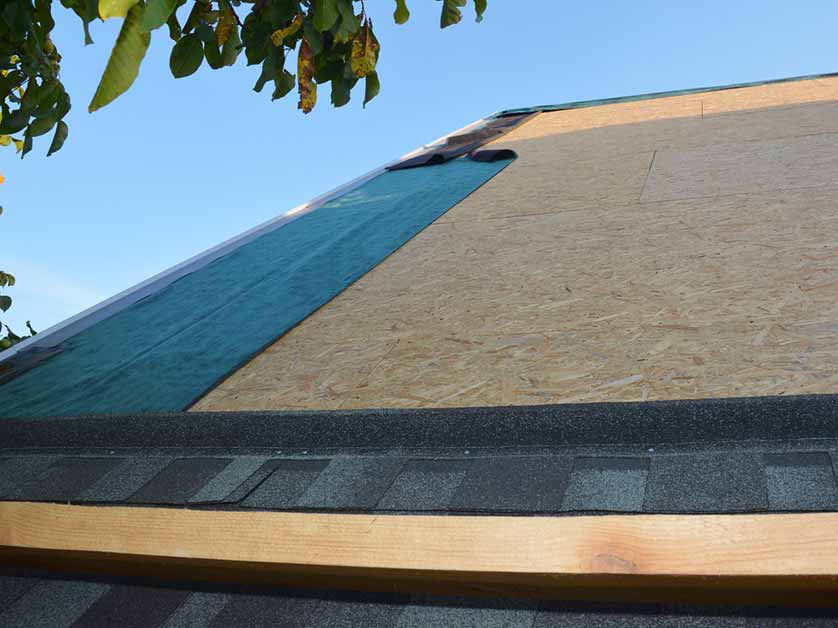Call
-
-
Contact
Contact Us
-
Address
3000 Ames Crossing Rd. Eagan, MN 55121
Contact
Address

When it comes to choosing the right roofing underlayment for your home, the debate often centers around two prime candidates: synthetic and felt underlayment. Both offer distinct benefits, and understanding the differences between them is crucial for homeowners. In this blog post, Krech Exteriors delves into the specifics of synthetic versus felt roofing underlayment to help you make an informed decision for your home.
Before diving into the comparison, it’s essential to grasp what roofing underlayment does for your home. Serving as a secondary barrier between your roof’s shingles and the roof deck, underlayment plays a pivotal role in protecting your home from water damage and improving overall roof durability.
Synthetic underlayment, made from polymers, offers several advantages over its felt counterpart. Its lightweight yet durable nature makes it resistant to tearing during installation or in high wind conditions. This resilience ensures a more secure and longer-lasting roof, which is particularly important in areas with unpredictable weather conditions.
Furthermore, synthetic underlayment is more water-resistant and provides better protection against moisture. Its installation process is generally quicker and can cover more area in less time, making it a cost-effective solution in the long run for homeowners.
Felt underlayment, traditionally made from either tar paper or asphalt-saturated felt, has been the conventional choice for decades. Its primary advantage lies in its cost-effectiveness upfront. For homeowners on a tighter budget, felt underlayment offers a more accessible option without forgoing the fundamental protection needed for their roofs.
Additionally, felt underlayment provides a degree of natural insulation, contributing to slightly improved energy efficiency within the home. It’s a familiar choice for many roofing repair contractors, ensuring easier sourcing and installation.
Choosing the right underlayment for your home entails weighing several factors beyond just the material properties. Consider climate: the harsh winters and variable weather in certain areas might lean toward the moisture resistance and durability of synthetic underlayment. Budget is another critical factor; while synthetic underlayment might offer long-term savings and durability, the initial investment is higher compared to felt underlayment.
The expertise of your chosen contractor can also influence your decision. Experienced contractors familiar with both types of underlayment can provide invaluable insight into which material will best suit your home’s specific needs.
When determining whether synthetic or felt roofing underlayment is better for your home, it’s essential to consider factors like climate, budget, and the expertise of local roofing contractors. Ultimately, the decision should be based on a careful evaluation of your home’s specific requirements and consultation with trusted roofing professionals. And out of the available roofers in the Minneapolis and St. Paul area, you won’t go wrong with Krech Exteriors. Contact us at (651) 688-6368 today to book an appointment! You can also reach us online to get started.
[gravityform id="1" title="true"]